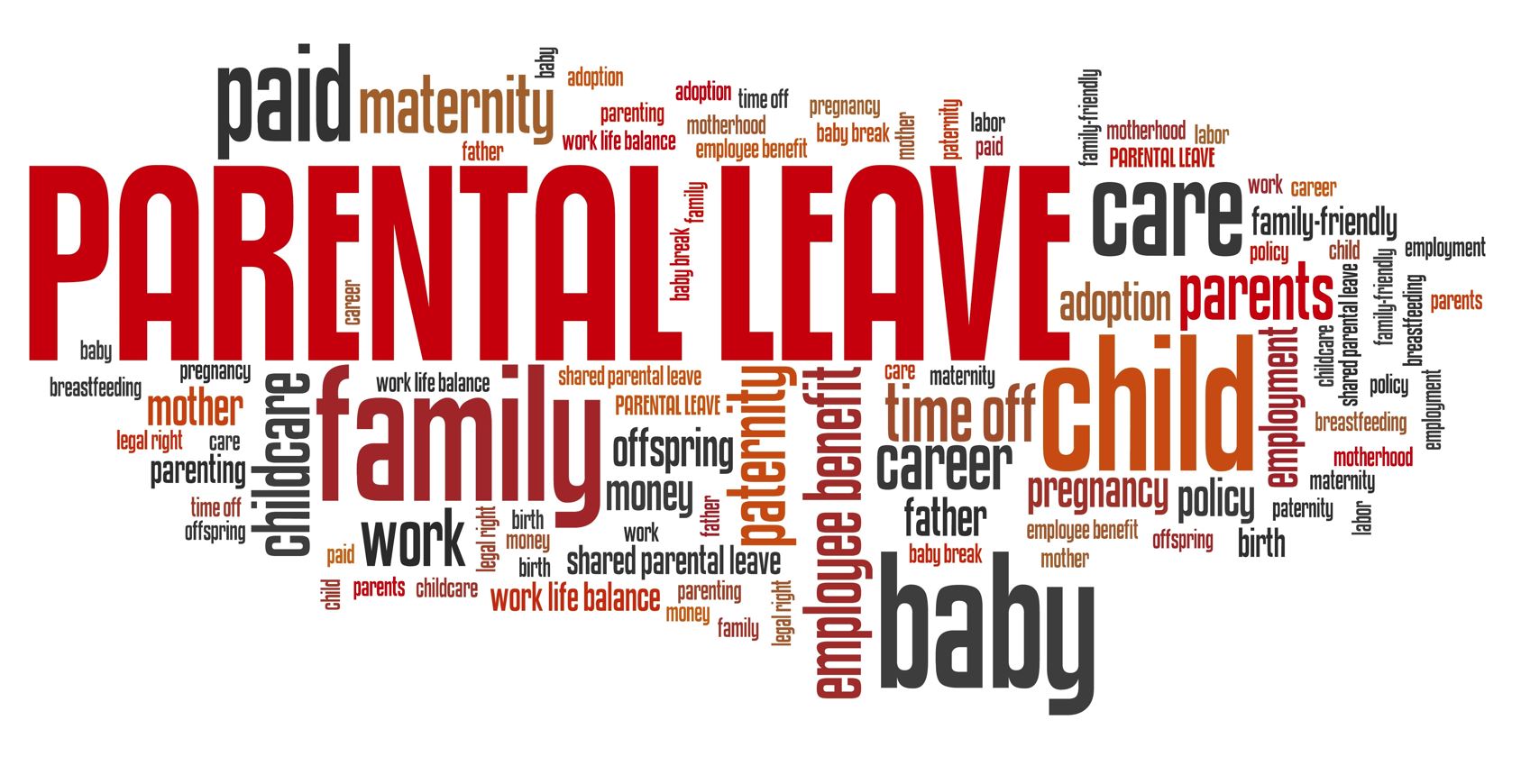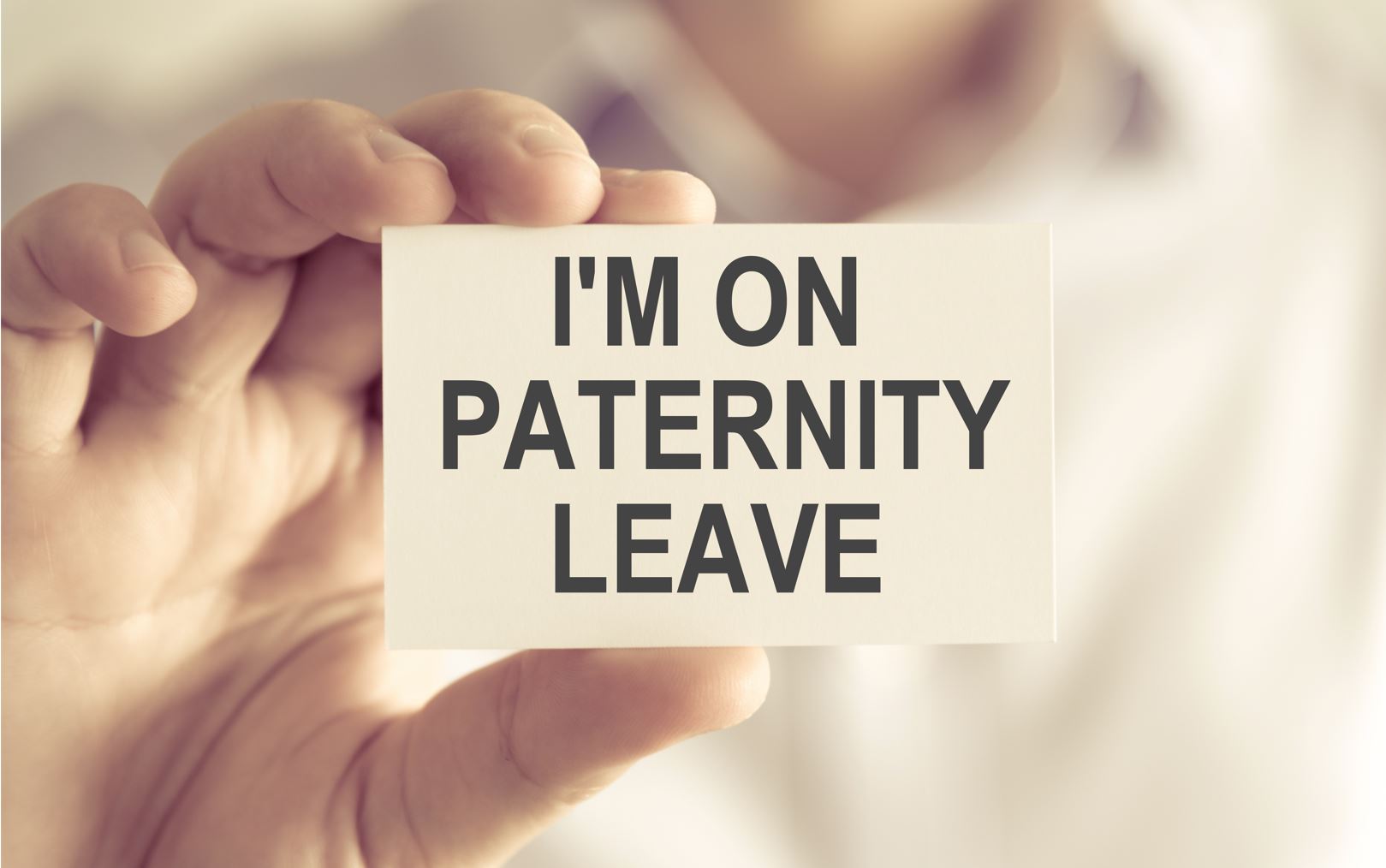Brad Nakase, Employment Attorney
The birth of a new child is one of life’s greatest joys for a parent’s life; I am a father to two daughters. There is no feeling that could come close to the happiness a new parent experiences when they bring their new child home with them. After months of waiting, the infant has arrived to change your life. Could you imagine not being around during that time? Missing out on such a beautiful time in your family’s life?
We can all agree that paternity leave is very much necessary during this time, for both mothers and fathers. In the state of California, new fathers have the right to take a paternity leave, and the Paid Family Leave law gives entitles them to a partial pay during paternity leave.
Although it seems normal for a woman to ask for time off when having a baby, California does have laws that protect fathers as well. Paternity leave is something that is allowed in California and certain rules must be followed by employers if this leave is requested. Paternity leave should be freely given by an employer.
How long is typical paternity leave?
Sitting at home and wondering, “How much time should my husband take off after baby?” The California Family Rights Act (CFRA) entitles new fathers to 12 weeks of paternity leave, that is if they have worked for their employer at least one year and 1,250 hours. Of those 12 weeks of paternity leave, the State Paid Family Leave program will partially pay for 8 of them, while 4 weeks might be unpaid. We can all agree that father should get to enjoy the arrival of their new child, spend time with them and welcome them home. Adjust to the new life they have now with their child at home and bond with them and help the mother recover. It is all precious time that should be spent without the worry of loss of income.
An employee, regardless of sex, has the right to take off 12 weeks of leave during a 12-month period if:
- The employee needs time to take care of son or daughter that is just born or
- Receiving of a child through adoption or through foster care. [2]
This law covers fathers wanting to take paternity leave as well as women wanting to take maternity leave as long as it is requested.
Infant and Baby Bonding Time Leave
Family and bonding time leave is an example of other types of leave that can be requested.[11] This allows an eligible employee, man or woman, to take up to 12 weeks of leave per year, either at once or any time within one year of the child’s birth or adoption.
However, this only applies in certain situations:
- Employer must employ at least 20 people within 75 miles of employee’s worksite;
- Employee must have worked more than 12 months for employer prior to period of leave taken and
- In past 12 months, employee must have worked at least 1,250 hours for the employer.[12]
If these requirements are met, California law will likely require the employer to entitle the employee to family leave. Upon returning, he or she must be given the same or comparable position he or she had at the time of taking the leave.[13]
Further, if added training is needed or the employee’s skills are no longer up to the standard of the position, the employer must give a reasonable time for the employee to catch up and learn.[14]
Child Bonding Leave
Child bonding leave is another option when asking for paternity leave.[17] This leave requires an employer to have 50 or more employees and is also limited to up to 12 weeks. An employee is not paid during this time but has his position protected.
Of the above options, only one may be chosen, not all. Further, in most instances, the 12 weeks can be used throughout the year and not all at once. However, some require the time to be taken consecutively.
In order to determine which one fits you the best, it is important to speak with your human resource department, someone who has taken the leave himself, or speak with an attorney.
Types of Paternity Leave Laws
California Family Rights Act – CFRA
By law, CFRA leave is what is provided to employees of private employers with more than five employees. Employees must have worked for employer for minimum one year and/or minimum 1,250 hours in that past year to be eligible for CFRA leave.
The CFRA leave must be taken within a year of the new child’s birth. CFRA is a job-protected leave. This means that the employer cannot terminate or retaliate against the employee for using the CFRA leave.
In general, employees must take their CFRA leave in minimum increments of two weeks at a time, though they have the right to take shorter leaves of two occasions as well.
For example, if their partner is disabled by pregnancy and needs help, a new father may take a week off to help them. Afterwards, the new father may also take another two weeks off when their child is born, and then the remaining nine weeks when their partner returns to work after their pregnancy disability and baby bonding leave.
Paid Family Leave – PFL
The Paid Family Leave Law provides an income replacement through EDD, but unless an employee has job protection under CFRA, their employer is not required to keep their job open during their paid family leave.
Family and Medical Leave Act – FMLA
For those outside of California, new fathers who have worked a year for an employer that has more than 50 employees and is within 75 miles of the new father’s worksite, they are eligible for unpaid leave under the FMLA. The FMLA may be used to care for their partner’s medical condition and for baby bonding.
Will I get full salary during maternity leave?
Paternity leave, similar to maternity leave, is usually unpaid. However, an employee may use vacation days or other paid time off during this period in order to receive wages.[7] In some instances, an employer can force an employee to use this time off during leave. Further, if leave extends over the 12 week period, then in order to keep your position, vacation time must be used.
The Benefits of Taking Paternity Leave
- Improved relationships with children and spouses. The paternity leave policy has shown to have an impact in the lives of families. New fathers become closer to their children, they have happier marriages, and better health.
- Improvement & boost for women’s’ work and careers. The paternity leave policy has shown that it can help improve women’s participation in the work field and with reducing the wage gaps that may occur after women give birth.
- Family support. Paid paternity leave can help support the parental and caregiving responsibilities, especially for families who face economic and social constraints.
Paternity Leave Discrimination
Discrimination and retaliation against fathers who take paternity leave is illegal. Unfortunately, many new fathers experience this discrimination and retaliation, such as being terminated, demoted, and losing employment benefits for taking their leave.
Paternity leave discrimination is considered: 1) retaliation against an employee for taking CFRA/FMLA leave, or 2) gender discrimination based on the fact that a new father is not conforming to the outdated or patriarchal gender norms.
If a new father alleges paternity leave discrimination, as a plaintiff they must prove that:
- They took the paternity leave.
- Their paternity leave was a motivating factor in an adverse employment action, such as a termination, demotion, loss of benefits, pay cut, etc.)
Those who have suffered paternity leave discrimination and paternity leave retaliation by their employer must contact an attorney to fight and protect their rights. New fathers have the right to support their children.
How do I tell my employer I have paternity leave?
Reasonable notice should be given to an employer including when the leave will be taken and how long the employee plans to be out of the office.[3] It can be done verbally or in writing. [4] Writing is the best option because it gives employers notice but also acts as evidence if there ever is a problem in the future.
Paternity leave must be given freely by an employer if the employee entitled. [5] An employer can also request medical documentation if it so pleases and the employee must give it; usually a doctor note suffices. However, the employer can demand the request to be made 30 days before the planned leave. [6]
If a violation occurs by employer, what can I do?
Employees have a few options if they have been denied. First, is to resolve the dispute with the employer usually privately or with human resources or the employee may file a suit in court. However, if the employee wants to bring a claim under state law (California’s Department of Fair Employment and Housing), he must do so within one year from the violation.[18] If the employee does so and is approved by the Department, he has one year to file a civil suit in court.[19]
Getting your job back after paternity leave
Most people wonder what happens to his or her position while he or she is gone – is it given away? If he or she takes leave will they have a job when they return? Fortunately, under California law[8], an employee who returns from leave is entitled to her same or comparable position upon returning.[9] However, there is an exception to this expectation. If a company has layoffs, the company closes, or goes bankrupt, the guarantee for a position is hindered. [10]







